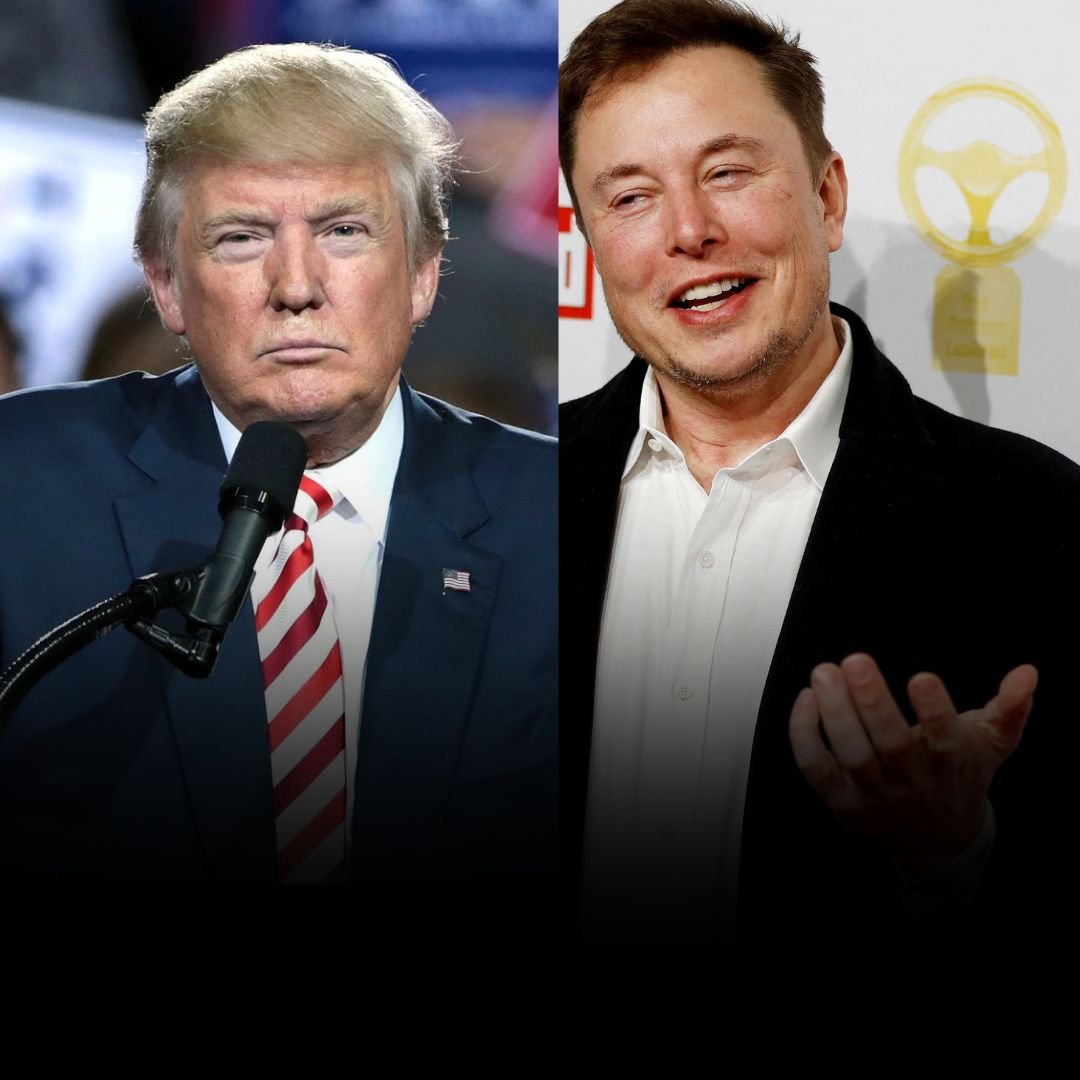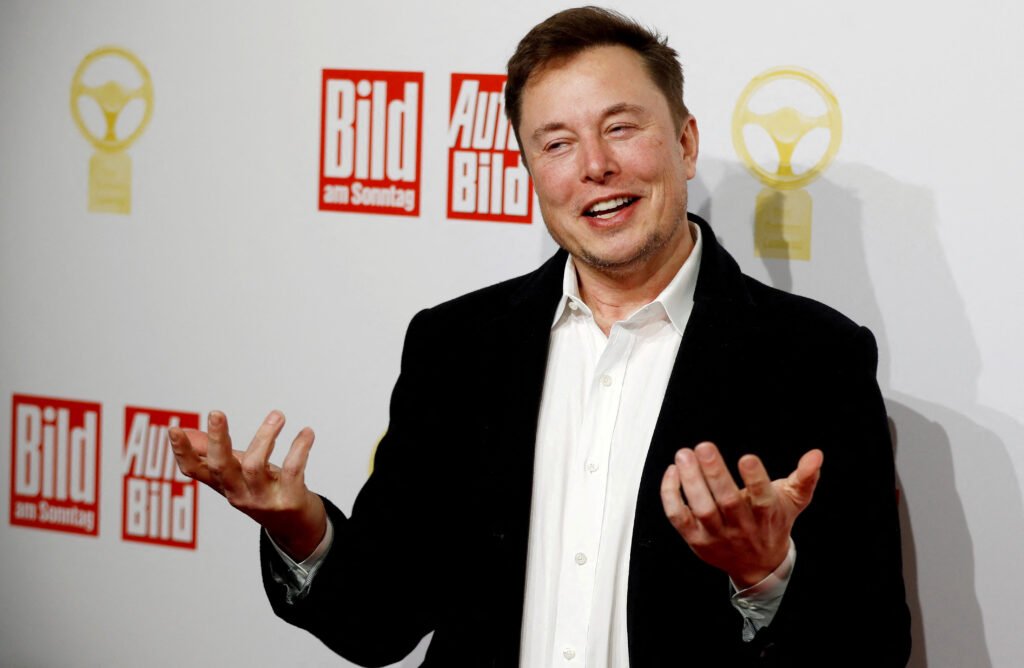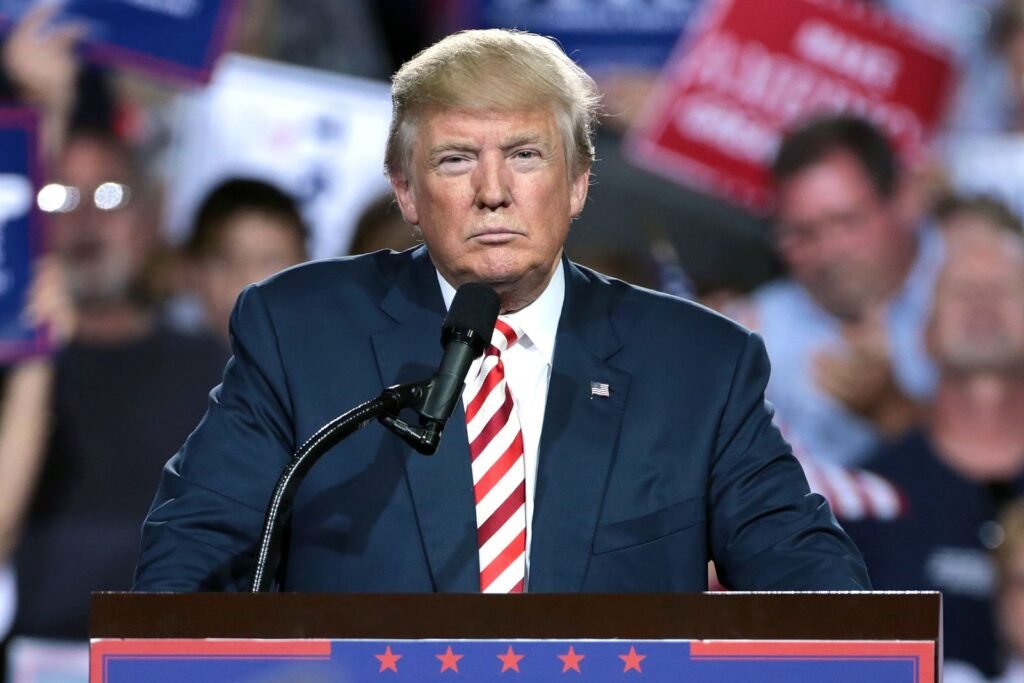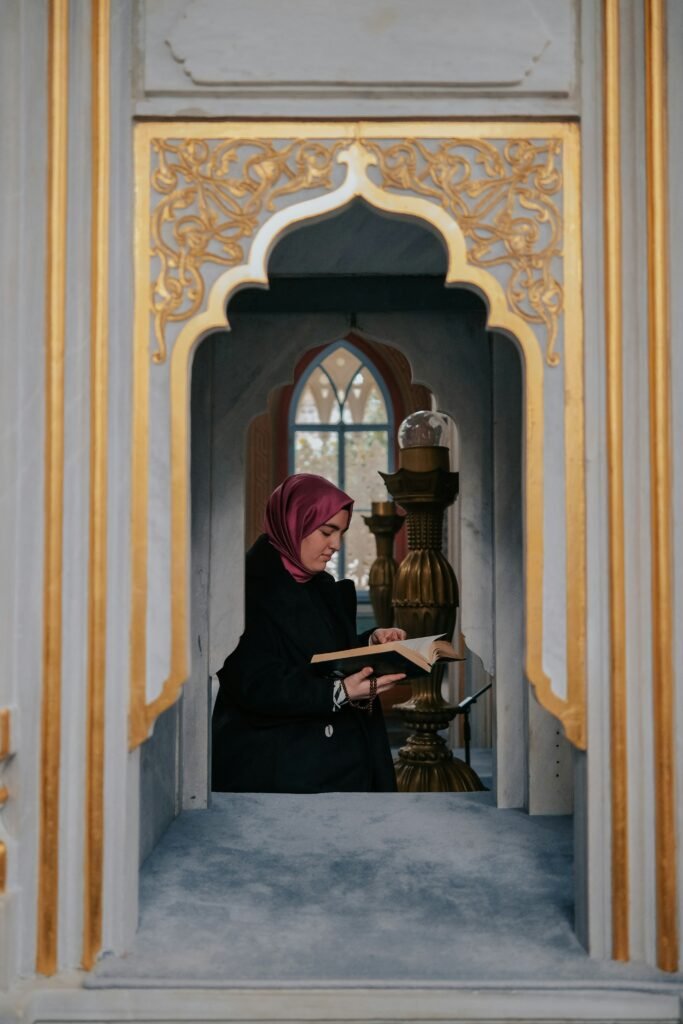World News
Israel screens Hamas attack footage to show brutality, counter cease-fire push on November 14, 2023 at 9:20 pm

The Israeli government is making a concerted effort to show a raw video compilation of the murder and mutilation of its citizens and civilians by Hamas, as pressure and condemnation mounts against its military assault in the Gaza Strip.
A 45-minute video compiled from body cameras of Hamas attackers, closed-circuit television footage, video from victims’ cellphones and first responders gives an unprecedented look into how events unfolded on Oct. 7.
Israel is showing the video to U.S. government officials, members of the media and outside groups as it faces international pressure to agree to a cease-fire in Gaza, where Hamas says thousands of civilians have died amid Israel’s onslaught. The U.S. recognizes Hamas as a terrorist organization.
House Speaker Mike Johnson (R-La.) called the video footage “harrowing,” after a viewing Tuesday for approximately 150 Republicans and Democrats on Capitol Hill.
Rep. Josh Gottheimer (D-N.J.) saw the video for the first time on Tuesday and described the footage as “unthinkable.”
“I’ll never be able to unsee any of it, but it furthers my resolve to ensure Israel has what she needs to crush Hamas and get the hostages home,” he said.
Gottheimer wants to organize another screening in partnership with the Israeli embassy so that reporters working on Capitol Hill have the chance to see the footage. “The only way to fight antisemitism is probably with education. As painful as this, I think it’s important for as many people as possible to see it.”
A House Democrat, who asked for his name to be withheld because he wanted to think through his on-the-record comments, said, “I know that part of what we take from that is the brutality and the barbarity of Hamas and what they did, but I think it also speaks to the need to protect innocent life wherever it is, including Gaza,” the lawmaker said.
And another Democratic member, who asked not to be identified to speak candidly, said it was deeply disappointing that members who are outspoken in their criticism of Israel did not show up for the screening.
Eliav Benjamin, deputy head of mission at the Embassy of Israel, said that it was “not an easy decision” for the government to screen this footage, but that the point is to provide it to audiences with influence on policy and with the public.
“I’ve seen this already more than once, unfortunately. But I think it’s important for the world to remember, to internalize and to understand what these savages have done — not what they’re capable of – what they have done.”
Benjamin spoke with The Hill before a screening at the Israeli Embassy on Monday for a group of about 120 Christian leaders and community members, flown from across the country into Washington through an anonymous grant provided to the organization the International Fellowship of Christians and Jews.
“This group here today, which comes with a very clear Christian affiliation, they have their own influence on their own followers,” Benjamin explained.
Attendees view posters of people kidnapped by Hamas during their terrorist attack against Israel, ahead of a screening of raw footage from the attack screened at the Israeli Embassy in Washington D.C. on Monday. (Laura Kelly)
“We’ve screened it to people from within the administration. We will continue to do this to other people within the administration … we’re doing this with other groups around the country. Again, to internalize, never to forget, never ever to forget what happened. And also to understand where Israel is coming from.”
While President Biden has offered stalwart support for Israel, he is increasingly raising alarm over the high death toll for Palestinians in the Gaza Strip and the Israeli military’s surrounding of the Al-Shifa hospital, even as the White House supports Israeli intelligence findings that Hamas — and the terrorist group Palestinian Islamic Jihad – use the hospital as cover for tunnels they use for military operations. The White House further said that it supports Israeli intelligence that Hamas has held hostages in the tunnels under the hospitals.
“My hope and expectation is that there will be less intrusive action relative to hospitals and we remain in contact with the Israelis,” Biden said Monday, while adding that additional humanitarian pauses are being negotiated for the potential release of hostages and also to increase humanitarian delivery to civilians in the besieged strip.
“So I remain somewhat hopeful, but hospitals must be protected.”
Israeli Prime Minister Benjamin Netanyahu has vowed to eliminate Hamas for the attack on Oct. 7. But much of the international community is appalled at the death and destruction being wrought in the Gaza Strip by Israel’s military, with thousands of children and women among those killed under Israeli air strikes and more than 1 million forced to flee from their homes as Israel seeks to evacuate civilians from the zone of conflict.
Humanitarian deliveries of water, food, fuel and electricity are far below the scale needed to support the population caught in the crossfire between Hamas and Israel. Fifty-seven Arab and Gulf leaders decried Israeli “war crimes” at an extraordinary summit held in Saudi Arabia over the weekend. French President Emmanuel Macron has urged Israel to stop bombing Gaza.
And United Nations Secretary-General António Guterres in a statement on Tuesday said a humanitarian cease-fire must be implemented “in the name of humanity.”
“The Secretary-General is deeply disturbed by the horrible situation and dramatic loss of life in several hospitals in Gaza,” said Stéphane Dujarric, spokesperson for Guterres.
But Israel said a cease-fire cannot take place without the guarantee that 240 hostages — to include babies, children, women, elderly, the sick and infirm — are released unconditionally.
“A lot of people are already forgetting what happened on October 7th,” Benjamin, of the Israeli embassy said.
“They’re looking at what happened on October 10th or 15th or today on what’s going on the ground offense that Israel is busy with at this point. We need to remember where it started with, and what basically began this whole story, with Hamas. This is where it started and this is where the blame should be put.”
This is the point of the increasing tempo of the screenings of the Hamas massacre, Benjamin explained.
Israelis are calling Oct. 7 “Black Shabbat,” where an estimated 1,000 civilians were massacred in communities in southern Israel, including 260 people gunned down at a music festival and an estimated 240 taken hostage and still being held by Hamas in the Gaza Strip.
The video compilation is being shown with the permission of the families of the victims, but many have not seen it themselves and viewers have to forfeit their mobile phones and electronics to protect against footage being recorded and disseminated.
In addition, screenings for lawmakers on Capitol Hill and at the Israeli embassy, the video has been screened for journalists in Jerusalem and Washington.
A screening took place at the Museum of Tolerance in Los Angeles last week and the Israeli consulate in New York is expected to host a screening, too.
The footage is shocking. Previous media reports have detailed the atrocities of Hamas attackers that are shown on in the video.
This reporter watched the screening at the Israeli Embassy on Monday. The audience was nearly silent throughout the 45-minute footage, except for momentary gasps and cries. One woman began praying. Few left.
In the room where the screening took place, there were posters of the people Hamas kidnapped. And while these viewers are all stalwart supporters of Israel, the constantly changing events and influx of information surrounding the six weeks of war had overshadowed for some attendees that Hamas was still holding Israelis and others as hostages.
“I really want to know the truth,” said Luis Morales Jr., 31, a member of the congregation Vida Real in Boston, explaining why he flew to Washington to watch the screening.
Morales said his church had planned to go on a pilgrimage to Israel at the end of November with 150 members, but that was canceled in the wake of the Hamas attack.
“I think it’s very hard because obviously there’s two sides to the story, but what happened on that day was something that really changed and accelerated a lot of the change that Israel wants to do,” he said.
“Israel didn’t really sugar coat it, this is what it is, this is what really happened, reality of video, dash cam, video from Hamas fighters, reality. I’m going to put it bluntly, there are savages.”
The Israeli government is making a concerted effort to show a raw video compilation of the murder and mutilation of its citizens and civilians by Hamas, as pressure and condemnation mounts against its military assault in the Gaza Strip. A 45-minute video compiled from body cameras of Hamas attackers, closed-circuit television footage, video from victims’ cellphones and…
Business
Pros and Cons of the Big Beautiful Bill

The “Big Beautiful Bill” (officially the One Big Beautiful Bill Act) is a sweeping tax and spending package passed in July 2025. It makes permanent many Trump-era tax cuts, introduces new tax breaks for working Americans, and enacts deep cuts to federal safety-net programs. The bill also increases spending on border security and defense, while rolling back clean energy incentives and tightening requirements for social programs.

Pros
1. Tax Relief for Middle and Working-Class Families
- Makes the 2017 Trump tax cuts permanent, preventing a scheduled tax hike for many Americans.
- Introduces new tax breaks: no federal income tax on tips and overtime pay (for incomes under $150,000, with limits).
- Doubles the Child Tax Credit to $2,500 per child through 2028.
- Temporarily raises the SALT (state and local tax) deduction cap to $40,000.
- Creates “Trump Accounts”: tax-exempt savings accounts for newborns.
2. Support for Small Businesses and Economic Growth
- Makes the small business deduction permanent, supporting Main Street businesses.
- Expands expensing for investment in short-lived assets and domestic R&D, which is considered pro-growth.
3. Increased Spending on Security and Infrastructure
- Allocates $175 billion for border security and $160 billion for defense, the highest peacetime military budget in U.S. history.
- Provides $12.5 billion for air traffic control modernization.
4. Simplification and Fairness in the Tax Code
- Expands the Earned Income Tax Credit (EITC) and raises marginal rates on individuals earning over $400,000.
- Closes various deductions and loopholes, especially those benefiting private equity and multinational corporations.

Cons
1. Deep Cuts to Social Safety Net Programs
- Cuts Medicaid by approximately $930 billion and imposes new work requirements, which could leave millions without health insurance.
- Tightens eligibility and work requirements for SNAP (food assistance), potentially removing benefits from many low-income families.
- Rolls back student loan forgiveness and repeals Biden-era subsidies.
2. Increases the Federal Deficit
- The bill is projected to add $3.3–4 trillion to the federal deficit over 10 years.
- Critics argue that the combination of tax cuts and increased spending is fiscally irresponsible.
3. Benefits Skewed Toward the Wealthy
- The largest income gains go to affluent Americans, with top earners seeing significant after-tax increases.
- Critics describe the bill as the largest upward transfer of wealth in recent U.S. history.
4. Rollback of Clean Energy and Climate Incentives
- Eliminates tax credits for electric vehicles and solar energy by the end of 2025.
- Imposes stricter requirements for renewable energy developers, which could lead to job losses and higher electricity costs.

5. Potential Harm to Healthcare and Rural Hospitals
- Reduces funding for hospitals serving Medicaid recipients, increasing uncompensated care costs and threatening rural healthcare access.
- Tightens verification for federal premium subsidies under the Affordable Care Act, risking coverage for some middle-income Americans.
6. Public and Political Backlash
- The bill is unpopular in public polls and is seen as a political risk for its supporters.
- Critics warn it will widen the gap between rich and poor and reverse progress on alternative energy and healthcare.
Summary Table
| Pros | Cons |
|---|---|
| Permanent middle-class tax cuts | Deep Medicaid and SNAP cuts |
| No tax on tips/overtime for most workers | Millions may lose health insurance |
| Doubled Child Tax Credit | Adds $3.3–4T to deficit |
| Small business support | Benefits skewed to wealthy |
| Increased border/defense spending | Clean energy incentives eliminated |
| Simplifies some tax provisions | Threatens rural hospitals |
| Public backlash, political risk |
In summary:
The Big Beautiful Bill delivers significant tax relief and new benefits for many working and middle-class Americans, but it does so at the cost of deep cuts to social programs, a higher federal deficit, and reduced support for clean energy and healthcare. The bill is highly polarizing, with supporters touting its pro-growth and pro-family provisions, while critics warn of increased inequality and harm to vulnerable populations.
Business
Trump Threatens to ‘Take a Look’ at Deporting Elon Musk Amid Explosive Feud

The escalating conflict between President Donald Trump and Elon Musk reached a new peak this week, as Trump publicly suggested he would consider deporting the billionaire entrepreneur in response to Musk’s fierce criticism of the president’s signature tax and spending bill.

“I don’t know, we’ll have to take a look,” Trump told reporters on Tuesday when asked directly if he would deport Musk, who was born in South Africa but has been a U.S. citizen since 2002.
This threat followed a late-night post on Trump’s Truth Social platform, where he accused Musk of being the largest recipient of government subsidies in U.S. history. Trump claimed that without these supports, Musk “would likely have to shut down operations and return to South Africa,” and that ending such subsidies would mean “no more rocket launches, satellites, or electric vehicle production, and our nation would save a FORTUNE”.
Trump also invoked the Department of Government Efficiency (DOGE)—a federal agency Musk previously led—as a potential tool to scrutinize Musk’s companies. “We might have to put DOGE on Elon. You know what DOGE is? The DOGE is the monster that might have to go back and eat Elon,” Trump remarked, further intensifying the feud.

Background to the Feud
The rupture comes after Musk’s repeated attacks on Trump’s so-called “Big, Beautiful Bill,” a comprehensive spending and tax reform proposal that Musk has labeled a “disgusting abomination” and a threat to the nation’s fiscal health. Musk, once a Trump ally who contributed heavily to his election campaign and served as a government advisor, has called for the formation of a new political party, claiming the bill exposes the need for an alternative to the current two-party system.
In response, Trump’s allies have amplified questions about Musk’s citizenship and immigration history, with some suggesting an investigation into his naturalization process. However, legal experts note that deporting a naturalized U.S. citizen like Musk would be extremely difficult. The only path would involve denaturalization—a rare and complex legal process requiring proof of intentional fraud during the citizenship application, a standard typically reserved for the most egregious cases.
Political Fallout
Musk’s criticism has rattled some Republican lawmakers, who fear the feud could undermine their party’s unity ahead of the 2026 midterm elections. Meanwhile, Musk has doubled down on his opposition, warning he will support primary challengers against Republicans who back Trump’s bill.
Key Points:
- Trump has publicly threatened to “take a look” at deporting Elon Musk in retaliation for Musk’s opposition to his legislative agenda.
- Legal experts say actual deportation is highly unlikely due to the stringent requirements for denaturalizing a U.S. citizen.
- The feud marks a dramatic reversal from the pair’s earlier alliance, with both men now trading barbs over social media and in public statements.
As the dispute continues, it has become a flashpoint in the broader debate over government spending, corporate subsidies, and political loyalty at the highest levels of American power.
News
Christianity Emerges as Fastest-Growing Religion in Iran Despite Crackdowns

Christianity is experiencing unprecedented growth in Iran, making it the fastest-growing religion in the country despite severe government crackdowns and the risk of harsh penalties for converts. Recent studies and reports from both religious organizations and independent researchers confirm that the number of Christians in Iran has surged over the past decade, with estimates now ranging from 800,000 to as many as 3 million believers, many of whom are converts from Islam.

This remarkable trend is unfolding against a backdrop of systematic persecution. Iranian authorities routinely target house churches, arresting and imprisoning Christians for activities deemed a threat to national security or as “propaganda against the regime.” In 2022 alone, at least 134 Christians were arrested, with dozens receiving prison sentences or being forced into exile. Conversion from Islam remains a criminal offense in Iran, punishable by severe penalties, including, in rare cases, the death penalty.
Despite these dangers, the church in Iran is flourishing underground. The growth is especially notable among young people, many of whom are disillusioned with the country’s strict Islamic rule and are seeking spiritual alternatives that emphasize personal faith and community. Secret house churches and underground networks have become the primary venues for worship and community, with large-scale baptisms sometimes taking place in secret or even across the border.

The Iranian government has acknowledged the trend with concern. Officials have dispatched agents to counter the spread of Christianity, and Islamic clerics have issued warnings about the faith’s rapid expansion. Nevertheless, satellite TV broadcasts, digital outreach, and word-of-mouth continue to fuel the movement, bringing the Christian message to new audiences across the country.

Scholars and observers agree that Iran is witnessing one of the highest rates of Christianization in the world today. Forecasts suggest the Christian population could double again by 2050, even as persecution persists. For many Iranians, Christianity offers a message of hope and transformation that stands in stark contrast to the repressive environment they face, making its spread all the more remarkable in one of the world’s most closed societies.

 Advice2 weeks ago
Advice2 weeks agoWhat SXSW 2025 Filmmakers Want Every New Director to Know

 Film Industry2 weeks ago
Film Industry2 weeks agoFilming Yourself and Look Cinematic

 Politics3 weeks ago
Politics3 weeks agoBolanle Newsroom Brief: Israel Strikes Iran’s Nuclear Sites — What It Means for the World

 News6 days ago
News6 days agoFather Leaps Overboard to Save Daughter on Disney Dream Cruise

 Advice1 week ago
Advice1 week agoWhy 20% of Us Are Always Late

 Health5 days ago
Health5 days agoMcCullough Alleges Government Hid COVID Vaccine Side Effects

 Entertainment3 weeks ago
Entertainment3 weeks agoThe Hidden Reality Behind Victoria’s Secret

 Advice1 week ago
Advice1 week agoHow to Find Your Voice as a Filmmaker




























